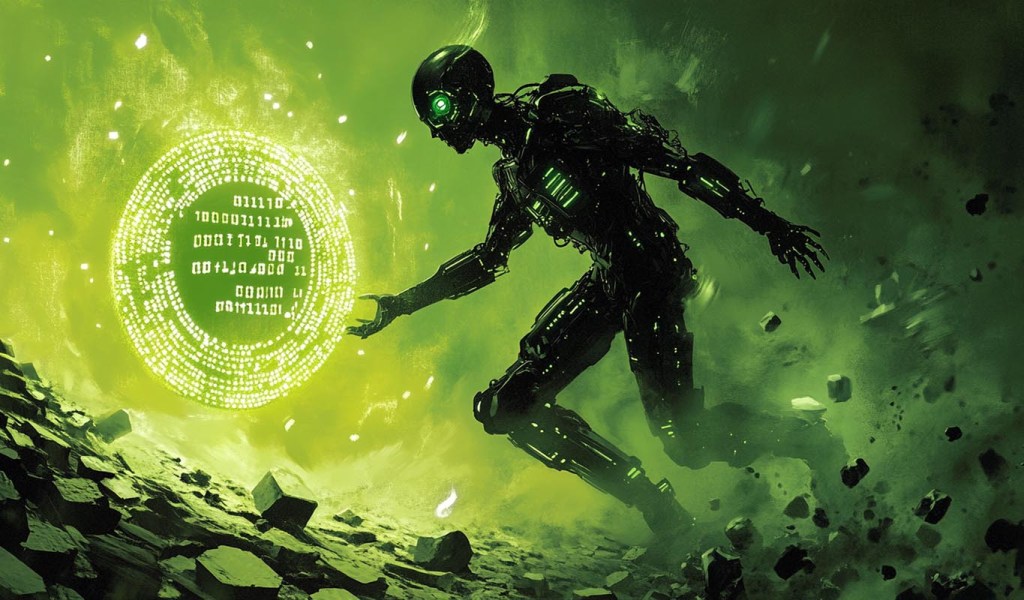
RWA market surges to $12 billion, traditional firms lead the charge
Key Takeaways
- Tokenized treasuries grew from $769 million to $2.2 billion in 2024 due to high US interest rates.
- BlackRock’s BUIDL leads the tokenized Treasury category with over $500 million market cap.
Share this article
The real-world assets (RWA) market has reached an all-time high of $12 billion tokenized, according to a Binance Research report.
The sector comprises five main categories: tokenized treasuries, private credit, commodities, bonds and stocks, and real estate.
Main RWA categories
Tokenized treasuries have seen explosive growth in 2024, rising from $769 million at the start of the year to over $2.2 billion in September. This surge is attributed to US interest rates being at a 23-year high, with the federal funds target rate held steady at the range of 5.25 to 5.5% since July 2023.
Private credit, estimated by the International Monetary Fund (IMF) to be worth over $2.1 trillion in 2023, has seen its on-chain market grow to nearly $9 billion, up 56% over the past year.
The commodities category is primarily dominated by tokenized gold products, with Paxos Gold (PAXG) and Tether Gold (XAUT) holding around 98% market share of the $970 million market.
The tokenization of bonds and stocks, according to the report, is much smaller than the other RWA verticals, as they have nearly $80 million in market cap.
The tokenized bonds market include a few non-US products, such as European debt and corporate bonds. Additionally, the tokenized stocks market is marked by the digital representations of Coinbase, NVIDIA, and S&P 500 on the blockchain, all issued by the RWA company Backed.
Institutions powering the tokenization
Institutional involvement has been a key growth driver. BlackRock’s BUIDL tokenized Treasury product leads the category with a market cap surpassing $500 million, while Franklin Templeton’s FBOXX is the second-largest, with $440 million market cap.
Notably, the growth in the tokenized US Treasuries sector is also fueling integrations with decentralized finance (DeFi) protocols, such as the lending protocol Aave. In a Aug. 26 proposal, the money market suggested using BUIDL shares to generate yield and help with the stability of its stablecoin GHO.
Risks of a new industry
The report also addresses risks within the RWA industry, starting with the centralization of protocols’ smart contracts and their architecture. However, Binance Research analysts find this unavoidable, given the regulatory requirements related to the tokens’ underlying assets.
A notable and recent example is the rebranding of the money market protocol MakerDAO to Sky, which includes the creation of a new stablecoin, the Sky Dollar (USDS), aimed at achieving regulatory compliance.
Sky’s co-founder, Rune Christensen, highlighted in May blog post that this shift to a more centralized and regulatory compliant model is necessary to deliver utility and real value to people at scale.
Furthermore, the report found that third-party dependence is also a risk for RWA architectures, as some aspects of these structures rely heavily on off-chain intermediaries, particularly for asset custody.
Failing oracles could also pose a threat to tokenized assets, as discrepancies in prices can hurt a whole infrastructure based on RWA.
Thus, the yields generated by RWA tokens might not always justify the complexity of the systems involved.
Share this article
Go to Source
Author: Gino Matos







